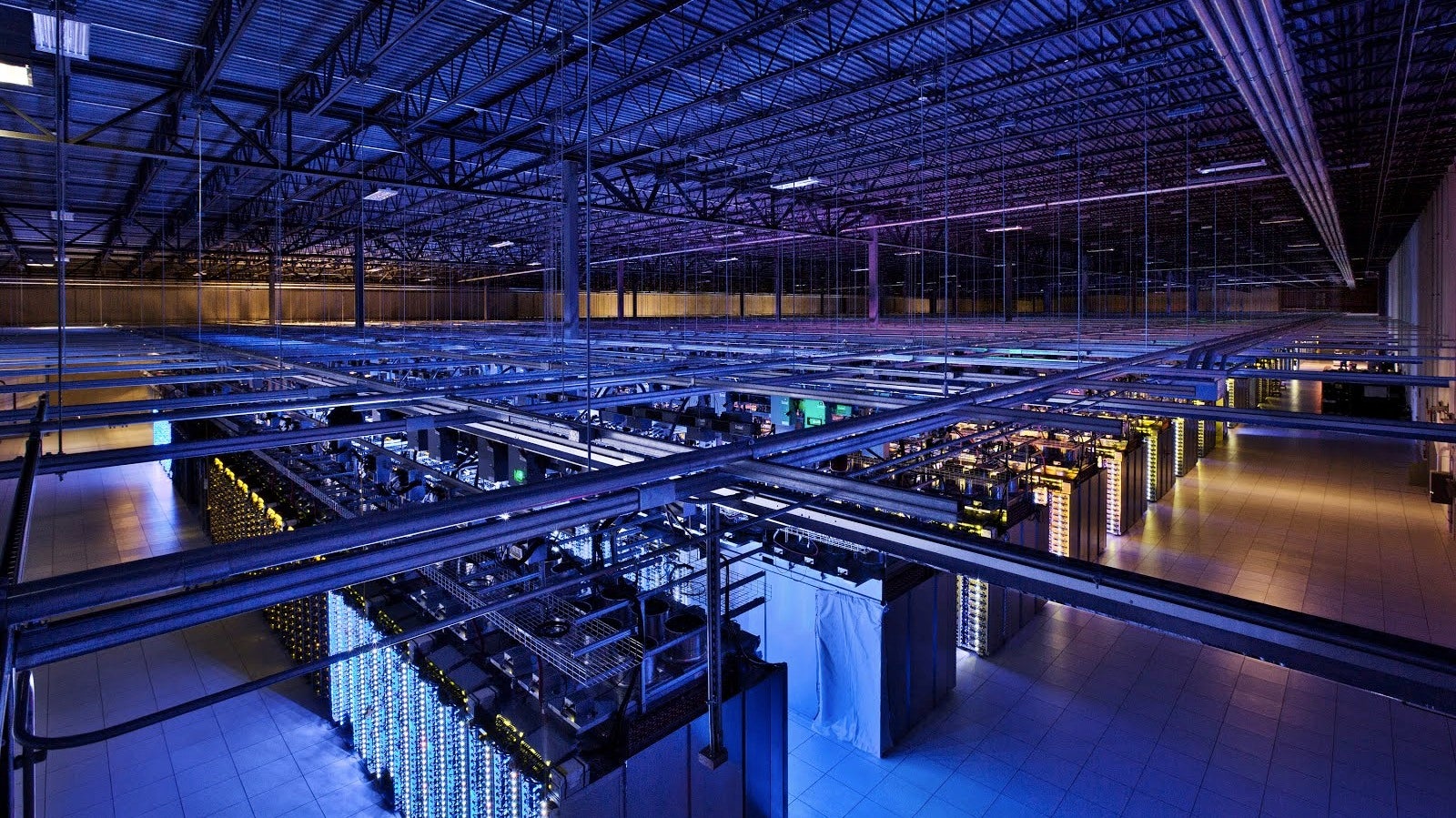The (other) real threat to Intel’s business: You’re making better use of its products
In looking at Intel’s most recent quarterly results, it’s easy to simply say, Well, the PC is dying, and that’s been devastating to the company’s revenue. But that misses an important point: Intel’s server business is doing well. It’s the only part of the company that’s both growing and contributing materially to the bottom line.


In looking at Intel’s most recent quarterly results, it’s easy to simply say, Well, the PC is dying, and that’s been devastating to the company’s revenue. But that misses an important point: Intel’s server business is doing well. It’s the only part of the company that’s both growing and contributing materially to the bottom line.
Intel estimates that, for example, for every 120 tablets sold, someone has to buy a new server to deliver content and apps to those devices. (And all the digital signs and screens in public places need servers too.) So even though people are buying fewer PCs with Intel chips in them, they’re buying devices that require more servers, most of which have Intel chips in them. Why, then, isn’t the explosion of mobile offsetting the contraction in Intel’s business?
Multiplexing
Multiplexing is a term from electronics and signal processing, and it describes, for example, the process of carrying several phone conversations on a single telephone wire. In general, multiplexing is applied to situations in which, with a little ingenuity, an expensive resource can be shared.
In 2011, economists applied the term multiplexing to the business model of Netflix, which at the time was still sending out a lot of DVDs by mail. The obvious secret to Netflix’s business model at the time was that a single shared resource—a DVD of a hot new Hollywood blockbuster, for example—could be re-used again and again as it rotated between customers.
Zipcar, Netflix, AirBnB and several other companies all have essentially the same business model: Use the internet and information technology to squeeze as much use as possible out of an expensive, previously under-utilized resource.
What AirBnB, Zipcar, Netflix and the cloud have in common
And now consider the “cloud.” Cloud computing is just a way to put as many microprocessors as possible into a single building, where they are fed computing tasks that use as much of their capacity as possible.
That’s multiplexing. What the cloud is gradually doing is replacing all those expensive chips in people’s personal computers, where they spend most of the time switched off or idling, with a smaller number of chips in data centers that can be used at full blast pretty much all the time. When we stream videos or edit online documents, most of the processing it requires isn’t being done on the devices we’re using, but in the cloud.
Intel’s expensive resource problem
This is great for consumers—more efficiency leads to lower costs and increased capabilities—and bad for Intel. Every transistor it rolls out is being used more effectively than ever. We have found a way to take the expensive resource the company produces and share it as much as possible. And the less powerful chips that still reside in our mobile devices? For the most part, Intel isn’t in that business, even though it very much wants to be. This, as much as the “death of the PC,” is the horns of Intel’s dilemma.